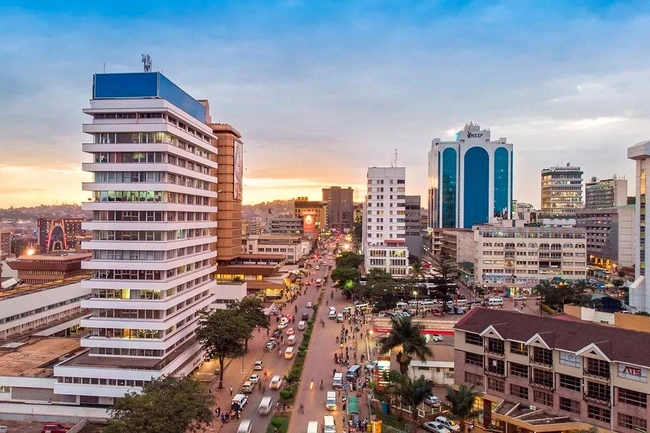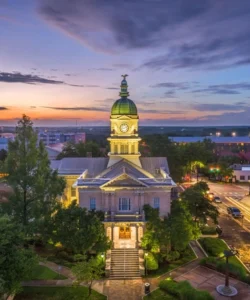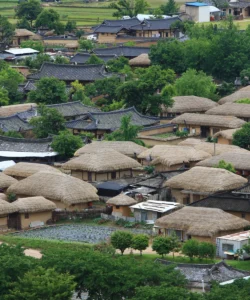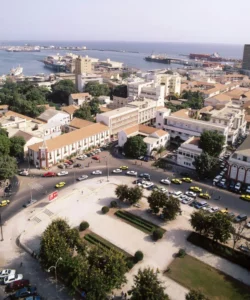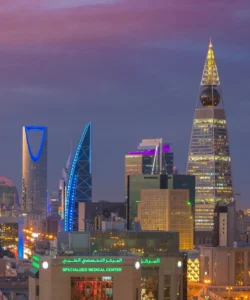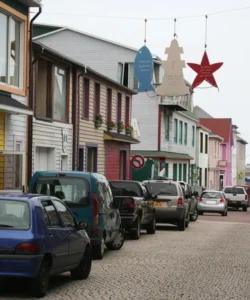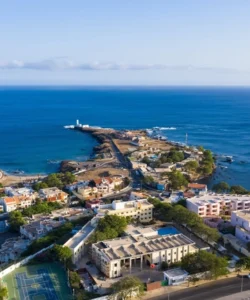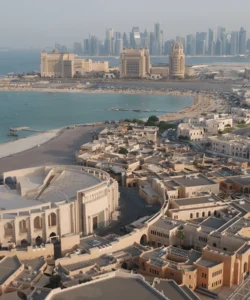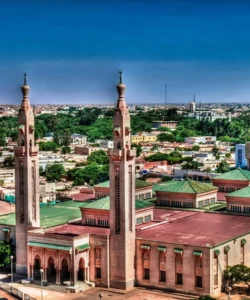Uganda is a landlocked country in East Africa known for its diverse landscapes, rich biodiversity, and a turbulent political history. It’s often referred to as the “Pearl of Africa” a term coined by Winston Churchill for its natural beauty.
![]()
Area and Population:
Uganda covers an area of approximately 241,551 square kilometers. Its population is around 49.9 million people (as of 2024 estimates).
Languages:
English and Swahili are the official languages of Uganda. However, there are over 40 indigenous languages spoken across the country, with Luganda, Runyankole-Rukiga, Ateso, Lusoga, and Acholi being among the most widely spoken.
Currency:
The currency of Uganda is the Ugandan Shilling (UGX).
Religion:
Christianity is the predominant religion in Uganda, with the majority of the population identifying as Christian (around 82% according to the 2014 census). Roman Catholicism (39%), Anglicanism (32%), and Pentecostalism (11%) are the largest Christian denominations. Islam is the largest minority religion, constituting about 14% of the population. There are also smaller communities of Hindus, Baha’is, Jews, and adherents of indigenous African beliefs.
Capital City and Major Cities:
The capital city of Uganda is Kampala. It’s a bustling metropolis and the political, economic, and cultural heart of the nation, known for its vibrant nightlife and blend of modern and historic landmarks. Other significant cities include:
- Jinja: Known as the “adventure capital” due to its location at the source of the River Nile, offering activities like white-water rafting and bungee jumping.
- Entebbe: Located on the northern shores of Lake Victoria, it’s home to the Entebbe International Airport and offers a mix of natural beauty and historical sites.
- Fort Portal: Renowned for its scenic charm and proximity to Kibale National Park.
- Mbale: A significant town in the eastern region, known for its Jewish community.
Attractions and Wonders:
Uganda boasts a wealth of natural wonders and attractions, making it a popular destination for eco-tourism and safaris. Some of the most notable include:
- Bwindi Impenetrable National Park: A UNESCO World Heritage Site and home to over half of the world’s critically endangered mountain gorillas, offering unparalleled gorilla trekking experiences.
- Murchison Falls National Park: Famous for the powerful Murchison Falls where the Nile River forces its way through a narrow gorge, creating a spectacular cascade. It’s also a great spot for game drives to see the “Big Five” (lions, leopards, elephants, buffaloes, and rhinos).
- Queen Elizabeth National Park: Known for its diverse ecosystems, including savannah, wetlands, and forests, and a wide array of wildlife, including the famous tree-climbing lions of Ishasha.
- Kibale National Park: A premier destination for chimpanzee tracking, home to one of Africa’s highest concentrations of primates.
- Rwenzori Mountains National Park: A UNESCO World Heritage Site, offering challenging mountaineering and hiking opportunities to its snow-capped peaks, including Margherita Peak.
- Lake Bunyonyi: A picturesque lake dotted with 29 islands, perfect for relaxation, birdwatching, and canoeing.
- Kidepo Valley National Park: A remote and rugged wilderness in the northeast, offering a unique safari experience with vast plains and abundant wildlife.
- Source of the River Nile (Jinja): The iconic starting point of the world’s longest river, where you can take boat cruises and enjoy various water sports.
- Mount Elgon Caldera: One of the world’s largest intact calderas, offering hiking and stunning volcanic landscapes.
- Kazinga Channel: A 40-kilometer channel connecting Lake Edward and Lake George, renowned for its abundant birdlife and large populations of hippos and crocodiles, often explored by boat cruise.
Architecture:
Ugandan architecture is a blend of traditional African, Indian, and European influences. Early structures were typically made from local materials like mud, wattle, and thatch. Colonial-era buildings introduced European styles, seen in government offices, churches, and schools. Post-independence architecture often incorporates traditional African designs with modern materials, such as the National Theatre in Kampala. Common features in traditional and some modern buildings include elaborate doorways, large verandas, and the use of natural materials like wood, clay, and bamboo, often adorned with geometric patterns and vibrant colors.
Roads:
Uganda has a network of national roads connecting major towns and regions. Some significant roads include:
- Kampala Northern Bypass Highway
- Kampala–Jinja Highway
- Entebbe–Kampala Expressway
- Mbarara–Ntungamo–Kabale–Katuna Road
- Soroti–Dokolo–Lira Road
Hotels and Restaurants:
Kampala and other major tourist hubs offer a range of accommodation options, from luxury hotels to budget-friendly guesthouses and lodges. Many hotels feature their own restaurants. Some notable hotels in Kampala with restaurants include Fairway Hotel & Spa, Speke Resort & Conference Centre, Urban by CityBlue, and Protea Hotel by Marriott Kampala. Entebbe also has excellent options like 2 Friends Beach Hotel and Protea Hotel by Marriott Entebbe. You can find a variety of international and local cuisines in restaurants across the country, especially in urban centers.
Cuisine:
Ugandan cuisine is hearty and diverse, with staple foods varying by region. Common staples include:
- Matooke: Steamed and mashed green bananas, a staple in central and western Uganda, often served with a sauce.
- Posho: A stiff porridge made from maize meal, commonly eaten with various sauces like beans, meat, or vegetables.
- Luwombo: A traditional dish where meat (chicken, beef, or fish) or vegetables are cooked in banana leaves, believed to enhance flavor and aroma.
- Rolex: A popular street food snack consisting of a chapati (flatbread) rolled with a fried egg omelet and vegetables (onions, tomatoes, cabbage).
- Muchomo: Roasted or grilled meats, often found in restaurants and roadside stalls.
- Kikalayi: Fried pork, often served on a large tray and meant for sharing.
- Katogo: A breakfast delicacy that is a mixture of assorted foods cooked together, often with plantains and offal or beans.
Traditional beverages include Waragi, a local spirit distilled from bananas, millet, or cassava.
